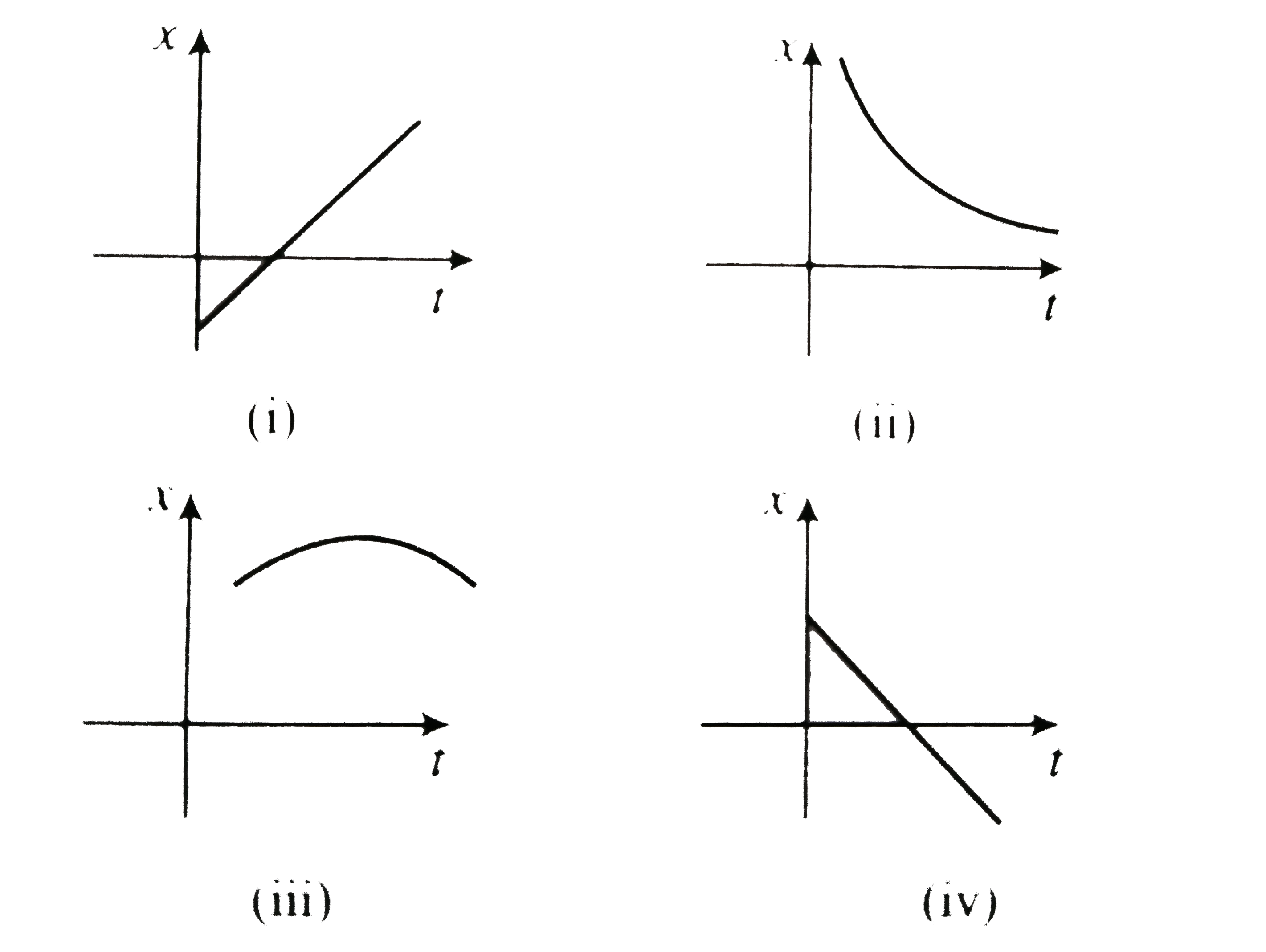Which of the following are not correct?
Every object moves with a constant speed.
To determine whether the statement "Every object moves with a constant speed" is correct or not, let's analyze it step by step.
Step 1: Understanding the Statement
The statement claims that every object moves with a constant speed. This means that the speed of every object remains the same throughout its motion.
Hint: Consider whether all objects in motion maintain the same speed at all times.
Step 2: Analyzing Motion
In reality, objects can move in different ways. Some objects do maintain a constant speed, while others change their speed during motion.
Hint: Think about examples of objects in motion, like cars, bicycles, or runners. Do they always move at the same speed?
Step 3: Examples of Variable Speed
For instance, a car can accelerate (increase its speed) or decelerate (decrease its speed) while driving. If a car starts at a speed of 20 meters per second and then speeds up to 25 meters per second, it is not moving at a constant speed.
Hint: Reflect on how vehicles behave in real-life scenarios, such as traffic conditions or speed limits.
Step 4: Conclusion
Since not every object maintains a constant speed (some can have variable speeds), the statement "Every object moves with a constant speed" is incorrect.
Hint: Consider the definition of constant speed and how it applies to different scenarios.
Final Answer
The statement "Every object moves with a constant speed" is not correct because objects can have both constant and variable speeds during their motion.
The statement claims that every object moves with a constant speed. This means that the speed of every object remains the same throughout its motion.
In reality, objects can move in different ways. Some objects do maintain a constant speed, while others change their speed during motion.
For instance, a car can accelerate (increase its speed) or decelerate (decrease its speed) while driving. If a car starts at a speed of 20 meters per second and then speeds up to 25 meters per second, it is not moving at a constant speed.
Since not every object maintains a constant speed (some can have variable speeds), the statement "Every object moves with a constant speed" is incorrect.
The statement "Every object moves with a constant speed" is not correct because objects can have both constant and variable speeds during their motion.
Topper's Solved these Questions
Similar Questions
Knowledge Check
An object with a constant speed :
Ais not acceleratedBmight be acceleratedCis always acceleratedDalso has a constant velocityIf a body moves with a constant speed in a circle
Ano work is done on itBno force acts on itCno acceleration is produced in itDits velocity remains constantWhich of the following statement is not correct for an object moving along a straight path in an accelerated motion?
AIts speed keep changingBIts velocity always changesCIt always goes away from the earthDA force is always acting it
When a body moves with a constant speed along a circle
View SolutionWhich of the following are true ? A body having constant speed can have varying velocity.Which of the following are true? Position time graphs for two objects with zero relative velocity are parallel.Which of the following are true ? The numerical ratio of velocity to speed of an object can never be more than one.
View SolutionWhich of the following are true ? A body having constant speed can have varying velocity.Which of the following are true? Position time graphs for two objects with zero relative velocity are parallel.Which of the following are true ? The numerical ratio of velocity to speed of an object can never be more than one.
View SolutionWhich of the following statement is correct regarding velocity and speed of a moving body ?
View SolutionStudy the following graph:

The particle is moving with constant speed .
View Solution
